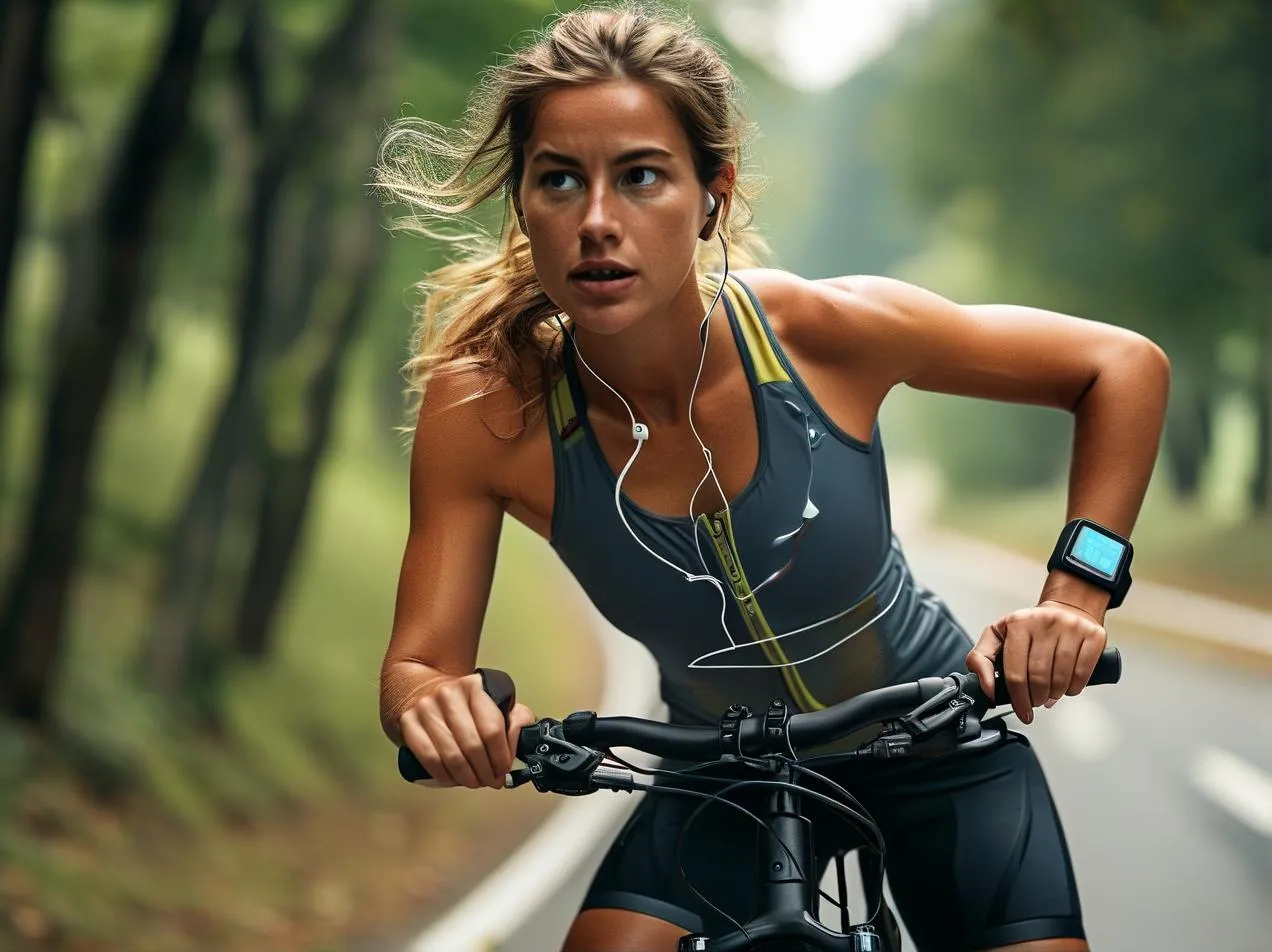Modern cyclists increasingly rely on bike riding fitness trackers to quantify performance, optimize training, and achieve fitness goals. These devices combine advanced sensor technology with intuitive data analysis, but how exactly do they transform pedal strokes and heartbeats into actionable insights? Let’s break down the core technologies powering today’s cycling GPS and heart rate monitoring systems.
The GPS Tracking Engine: More Than Just Location
At the heart of every cycling fitness tracker lies a Global Navigation Satellite System (GNSS) receiver, typically using GPS (Global Positioning System) satellites. Unlike basic phone GPS, dedicated cycling trackers use:
– Dual-frequency signals (L1 + L5 bands) for 2-3 meter accuracy even under tree cover
– GLONASS/Galileo satellite integration for improved northern/southern hemisphere performance
– Barometric altimeters to measure elevation gain with ±1 meter precision
A 2023 study by the International Journal of Sports Science demonstrated that professional-grade cycling computers like Garmin Edge 1040 achieve 98.7% accuracy in distance measurement compared to calibrated rollers. This precision enables accurate tracking of critical metrics like speed, gradient, and route mapping.
Heart Rate Monitoring: From Optical Sensors to Chest Straps
Modern trackers offer two primary heart rate measurement methods:
-
Optical HR Sensors (PPG Technology)
Using green LED lights to detect blood flow changes in wrist capillaries, these sensors:
– Measure beats per minute (BPM) through photoplethysmography
– Require snug fit (smartwatch-style devices)
– May show 5-10% variance during high-intensity sprints -
ECG Chest Straps
Considered the gold standard by sports physiologists:
– Detect electrical heart signals via electrode contact
– Deliver 99% accuracy matching medical-grade equipment
– Preferred for interval training and power zone analysis
A comparative analysis in the Journal of Sports Technology found chest straps maintain <2% error rate during VO2 max efforts versus 8-12% for optical sensors in wet conditions.
Data Integration: Turning Numbers into Training Plans
Advanced trackers synthesize multiple data streams through proprietary algorithms. For example:
– Power-to-Heart-Rate Ratio: Wahoo ELEMNT compares wattage output with cardiovascular effort to detect fatigue
– Recovery Metrics: Garmin’s Body Battery™ uses heart rate variability (HRV) plus activity data to suggest rest periods
– Climb Pro Features: Syncs gradient data with power output to recommend optimal gear ratios
Professional cycling coach Dr. Emily Sanders notes: “The real value comes from longitudinal tracking. Observing how your heart rate responds to 200w output over months reveals fitness gains better than any single ride data.”
Choosing Your Tracker: Key Considerations
- GPS Frequency: Look for 1-second recording intervals for sprint analysis vs. smart recording for endurance
- Water Resistance: IPX7 rating (30 minutes at 1m depth) for all-weather training
- Sensor Compatibility: ANT+/Bluetooth Smart dual connectivity supports power meters/cadence sensors
- Battery Life: Ranges from 8 hours (OLED touchscreens) to 45+ hours (monochrome displays)
The latest WHOOP 4.0 introduces 24/7 monitoring with sleep recovery scores, while specialized devices like Hammerhead Karoo 2 focus on real-time navigation with Komoot integration.
Maximizing Tracker Accuracy: Best Practices
- Calibrate speed sensors monthly using certified measured miles
- Clean optical HR sensors with alcohol wipes weekly
- Update firmware before major events (manufacturers constantly refine algorithms)
- Pair with chest strap during structured workouts for precise zone training
As verified by DC Rainmaker’s 2023 field tests, proper maintenance can improve data accuracy by up to 40% compared to default settings.
Future Innovations: What’s Next in Cycling Tech?
Emerging technologies promise to enhance tracking precision:
1. Multi-band GNSS (available in Bryton Rider S800) reduces urban canyon errors
2. Skin Temperature Sensors (Polar Verity Sense) detect early signs of overtraining
3. AI-Powered Analysis (Sigma ROX 12.0) auto-detects drafting effects and wind impacts
The integration of these technologies continues to blur the line between consumer devices and professional coaching tools, making advanced performance analytics accessible to cyclists at all levels.
By understanding how each component functions – from satellite triangulation to capillary blood flow detection – cyclists can make informed decisions about which metrics truly matter for their specific training objectives. As the technology evolves, so does our ability to push human performance boundaries with data-driven precision.
